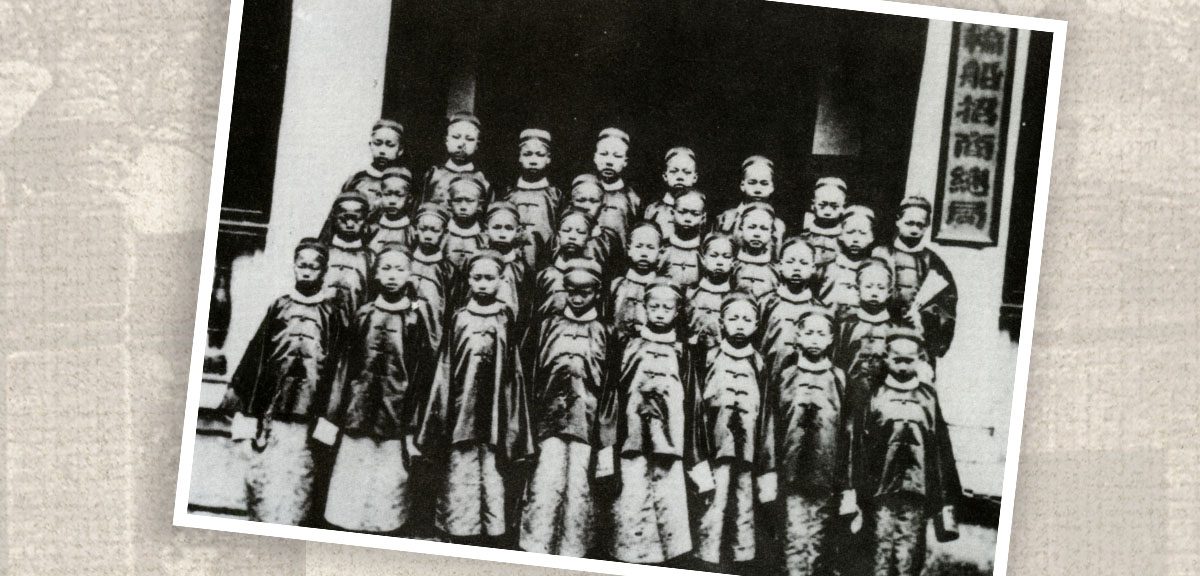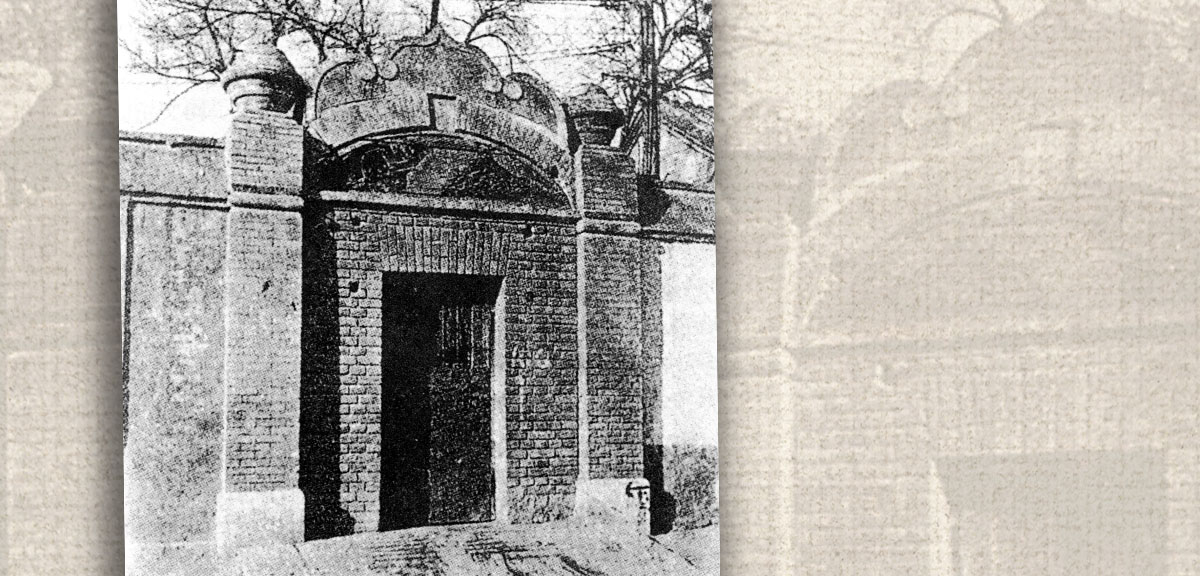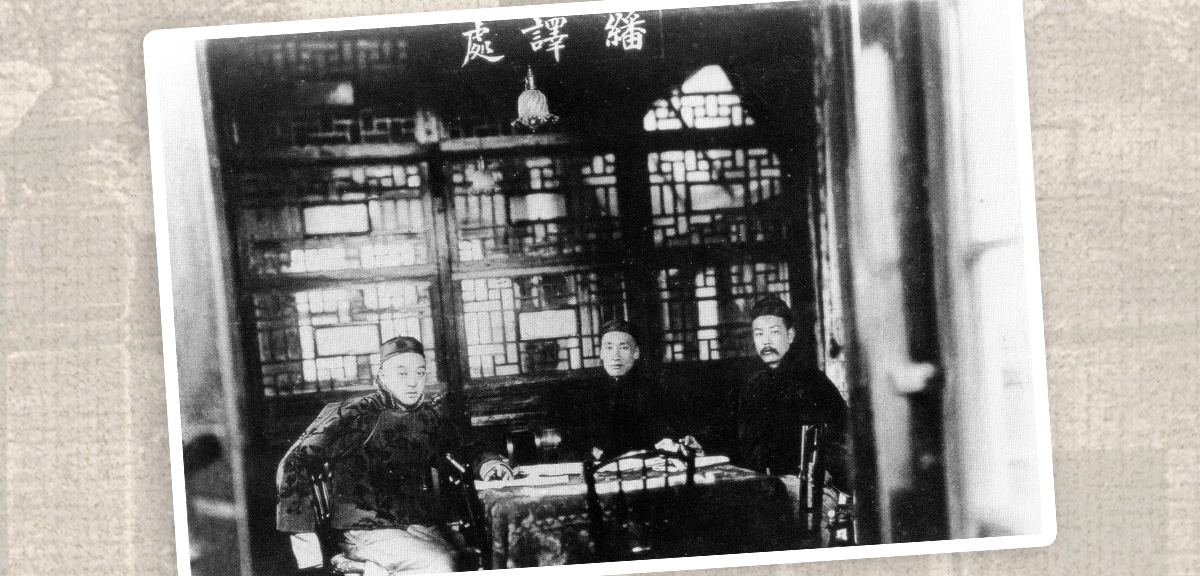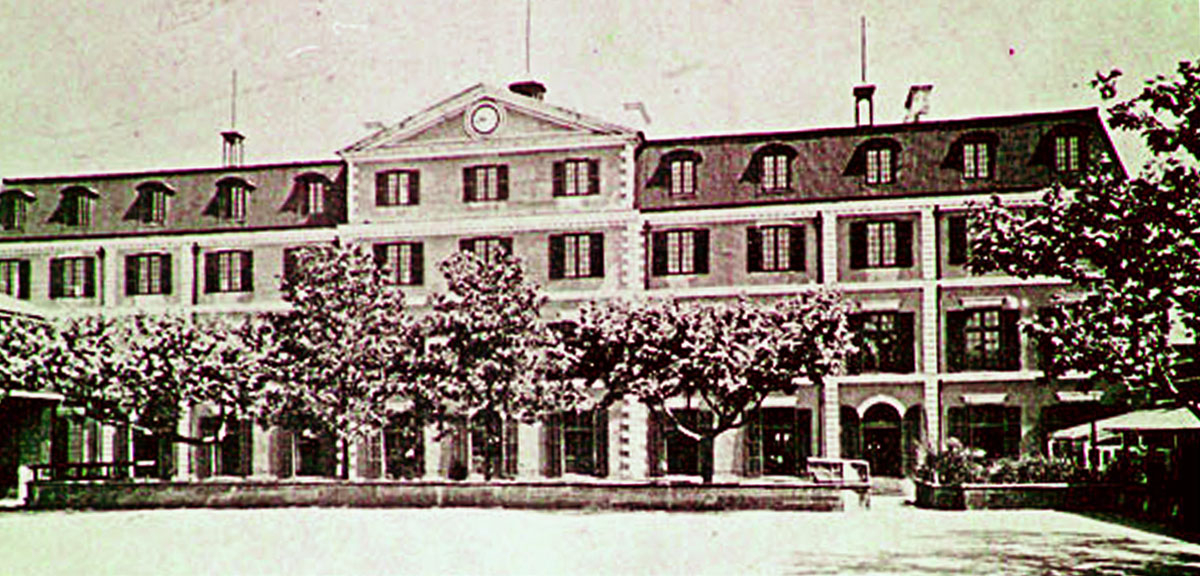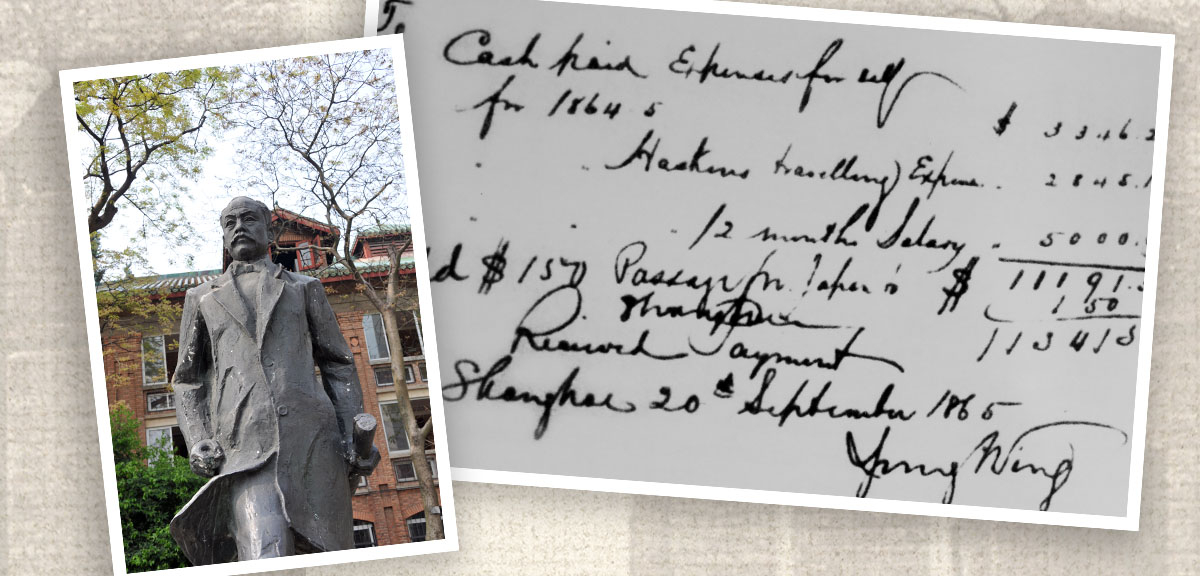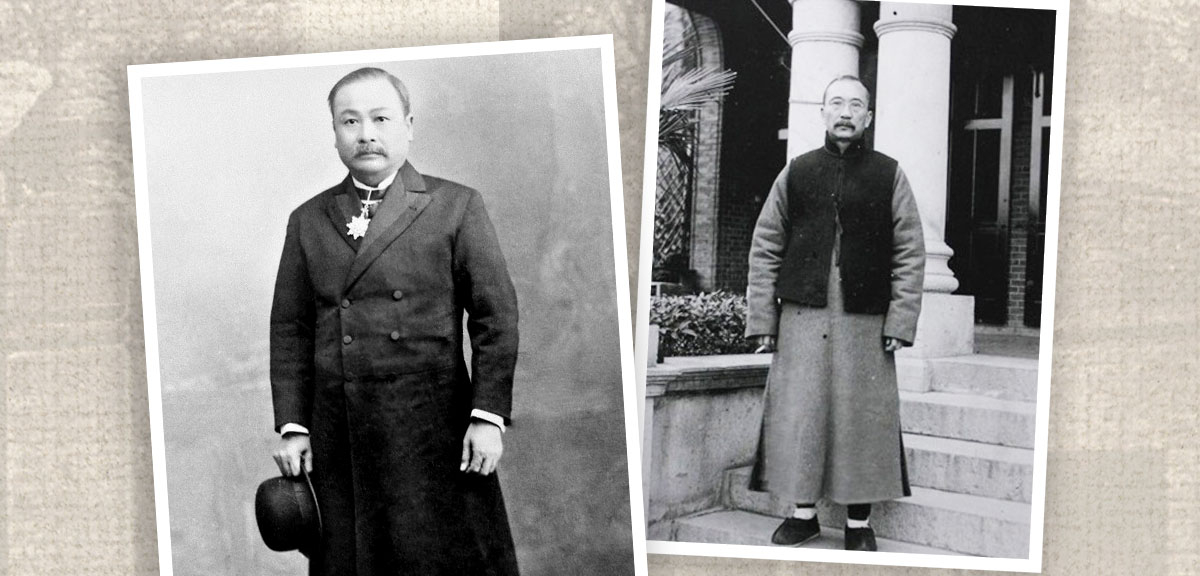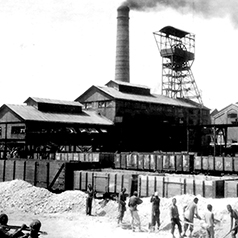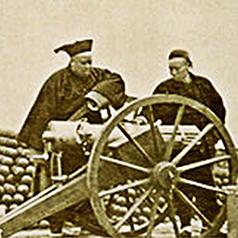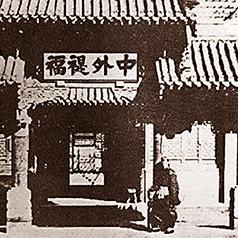Generally, the key measures of the Self-strengthening Movement fall into several categories: talent cultivation, strengthening of military capability, and industrial development. Strategies for talent cultivation include:
Establishment of Western language-learning institutions: these include the School of Combined Learning (Tongwenguan, 同文館) in Beijing (北京) and the Foreign Languages College (Guangfangyanguan, 廣方言館) in Shanghai (上海).
Translation of Western books: the Jiangnan Arsenal (江南機器製造總局), for example, set up a translation bureau that translated books of more than 100 genres in just a few years.
Sending students abroad to study: in 1872, the first group of students, 30 in number, was sent to study overseas. Over time, more than a hundred students were sent.
Establishing academies in various disciplines: examples being an academy for naval administration in Mawei (馬尾); and a naval academy, a military academy, and a medical academy in Tianjin (天津).
Cultivating military talent: Qing subjects were dispatched to Britain, France, Germany, and other countries to learn Western naval and infantry arms and tactics.
Of all these measures, the sending of students overseas was particularly noteworthy. During the mid-Qing period, overseas Chinese students were few and far between. Some notable students from the Hong Kong-Macao region were Yung Wing (容閎), Wong Shing (黃勝), and Wong Fun (黃寬). They went abroad with a missionary in 1847. At Yung Wing’s proposal, the Qing government dispatched four groups of children, 120 in total, to study in the United States between 1872 and 1875. Some among them would later become elites in their respective fields. Examples being Jeme Tien Yow (詹天佑), also known as the “Father of China’s Railways”, Tang Shaoyi (唐紹儀), the first Premier of the Republic of China, and Tang Guo’an (唐國安), the first President of Tsinghua University (清華大學).
|
|
Why did most overseas Chinese students in the mid-19th century come from the Hong Kong-Macao region? What were their achievements? |
|
|
See answer below. |
Students attending a private school in the Qing dynasty. The study of the Four Books and Five Classics (四書五經) made up the private school curriculum in Qing China. However, it fell short of addressing the challenges of the times. It was necessary to cultivate talent armed with new knowledge and a fresh perspective through education. Talent cultivation became a key task of the Self-strengthening Movement.
The School of Combined Learning in Beijing. During the Self-strengthening Movement, Yixin (弈訢) and Wenxiang (文祥) established the School of Combined Learning in Beijing in 1862 to help manage foreign affairs and channel foreign knowledge into China. Later, branches were set up in Shanghai and other regions to translate foreign texts and teach foreign languages. It became the first Chinese-established translation school to adopt new teaching methods and curriculum in the modern era.
The translation bureau of the Jiangnan Arsenal translated books of many genres. Besides the School of Combined Learning, many foreign affairs institutions in various regions of China had their own translation bureaux to translate Western books and disseminate knowledge.
St. Francis Xavier’s College established in Shanghai in 1874. Military defeats forced the Qing regime to open China’s doors to Western religions and allow them to evangelise within the nation. This led to the proliferation of mission schools. These became the channels apart from the School of Combined Learning through which new knowledge could enter China and be disseminated.
St. John’s University in Shanghai and its emblem. During the Self-strengthening Movement, churches played an important part in bringing modern tertiary education to China. St. John’s University, a notable church-established university, began in 1879 as St. John’s College. In 1905, it officially became St. John’s University. The university was the first school in China that taught all classes in English. It became the cradle of many talented people knowledgeable in both Chinese and Western cultures. Notable figures include Gu Weijun (顧維鈞, also known as Wellington Koo), the renowned diplomat, and Rong Yiren (榮毅仁), the former Vice President of the People's Republic of China.
Boys and girls studying in mission schools. The mission schools that emerged during the Self-strengthening Movement provided families with a new educational option. However, most of them still aspired to prestige and official rank via succeeding in civil service examinations, and had little interest in the newly introduced disciplines. Students from these mission schools accounted for most of China’s early overseas students.
The statue of Yung Wing at the plaza outside Yongfang Hall (永芳堂) of Sun Yat-sen University (中山大學), Guangzhou (廣州), where 18 statues of sages are located. In 1847, Yung left China with an American missionary. In 1850, he was accepted by the Yale College (now known as Yale University), and became the first Chinese to study there. After returning to China, Yung dedicated himself to the progress and betterment of the nation. He also played a part in drawing up the programme for sending children to study in the United States, and thus being widely regarded as a pioneer for overseas Chinese students.
Yung Wing: “...education had unmistakably enlarged my mental and moral horizon, and revealed to me responsibilities which the sealed eye of ignorance can never see, and sufferings and wrongs of humanity to which an uncultivated and callous nature can never be made sensitive... I was determined that the rising generation of China should enjoy the same educational advantages that I had enjoyed; that through western education China might be regenerated, become enlightened and powerful. To accomplish that object became the guiding star of my ambition.”
A group photo of the first group of children bound for the United States taken before they boarded the steamship. At Yung Wing’s proposal, the Qing government dispatched four groups of children, numbering 120 in total, to study in the United States between 1872 and 1875. This kick-started the trend of studying abroad in China.
In the mid-19th century, American missionaries flocked to China to spread their faith. They established educational institutions and sometimes brought children back to the United States for an education. Yung Wing and the other early trailblazers of the overseas study trend were mostly sponsored by American churches to study abroad. The returnees of these church-sponsored programmes established tracks for others to follow. This made the United States the most popular destination for China’s early overseas students.
Some of the students sent to the United States would later become successful and accomplished figures: Jeme Tien Yow (left) was among the first batch of children sent overseas in 1872. He, the “Father of China’s Railways”, later helped China build the Beijing-Zhangjiakou Railway (京張鐵路, formerly known as the Imperial Peking-Kalgan Railway) during 1905 and 1909; Tang Shaoyi (right), who was among the third batch of children sent overseas in 1874, later became the first Premier of the Republic of China in 1912.
Mary Stone (石美玉, also known as Shi Meiyu) and the Elizabeth Skelton Danforth Hospital in Jiujiang (九江) that she helped establish. During the Self-strengthening Movement, a limited number of female students also ventured overseas. Among them, Mary Stone was relatively well-known. She had attended a mission school for girls from a very young age, and went to the United States in 1892 to study medicine at the University of Michigan. In 1896, she returned to China as a physician and helped establish the Elizabeth Skelton Danforth Hospital in Jiujiang.
|
|
Why did most overseas Chinese students in the mid-19th century come from the Hong Kong-Macao region? What were their achievements? |
|
|
Due to Hong Kong and Macao’s relatively early exposure to Western culture, various mission schools had already been established in these regions by the time of the Self-strengthening Movement. The missionaries taught English and other Western disciplines to local students. As a result, these students were better prepared to accept new knowledge from Europe and the United States than their counterparts in the Chinese mainland. The Morrison School, originally established in Macao and moved to Hong Kong later, is one such example. In 1847, Yung Wing, Wong Shing, and Wong Fun, who were all studying at the school, left China with a missionary to study in the United States. After completing his studies at Yale College, Yung returned to China and helped organise the Chinese Educational Mission. He is regarded as the pioneer of overseas Chinese students. In 1876, he was conferred the degree of Doctor of Laws, honoris causa, by Yale College. Wong Shing became the Chief Manager of the Hong Kong newspaper Universal Circulating Herald (《循環日報》) and took an active part in the editorial work of the Daily Press (《孖剌報》). Wong Fun was the first Chinese to study medicine in the United States and obtain a Doctor of Medicine degree. After finishing his studies, he returned to China to conduct clinical work and research. A highly skilled physician, he made many outstanding contributions. |
Source of most photos used in this feature piece: Fotoe (pictures 1, 2, and 3), Visual China Group (pictures 7 and 8), misc. photo sources.




